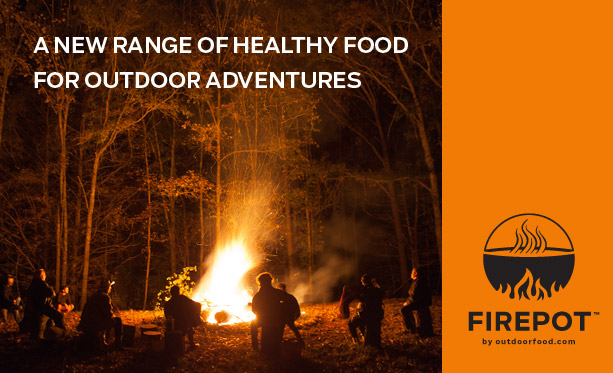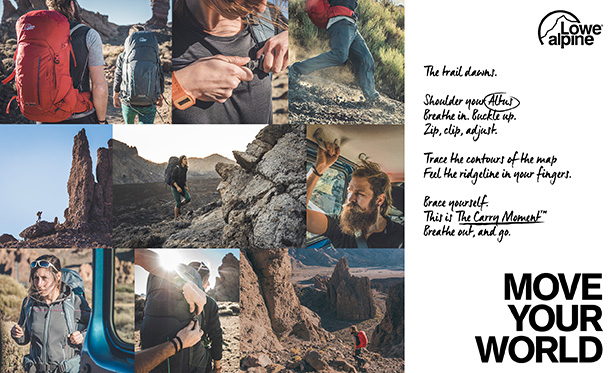Star Cruza
Inspiration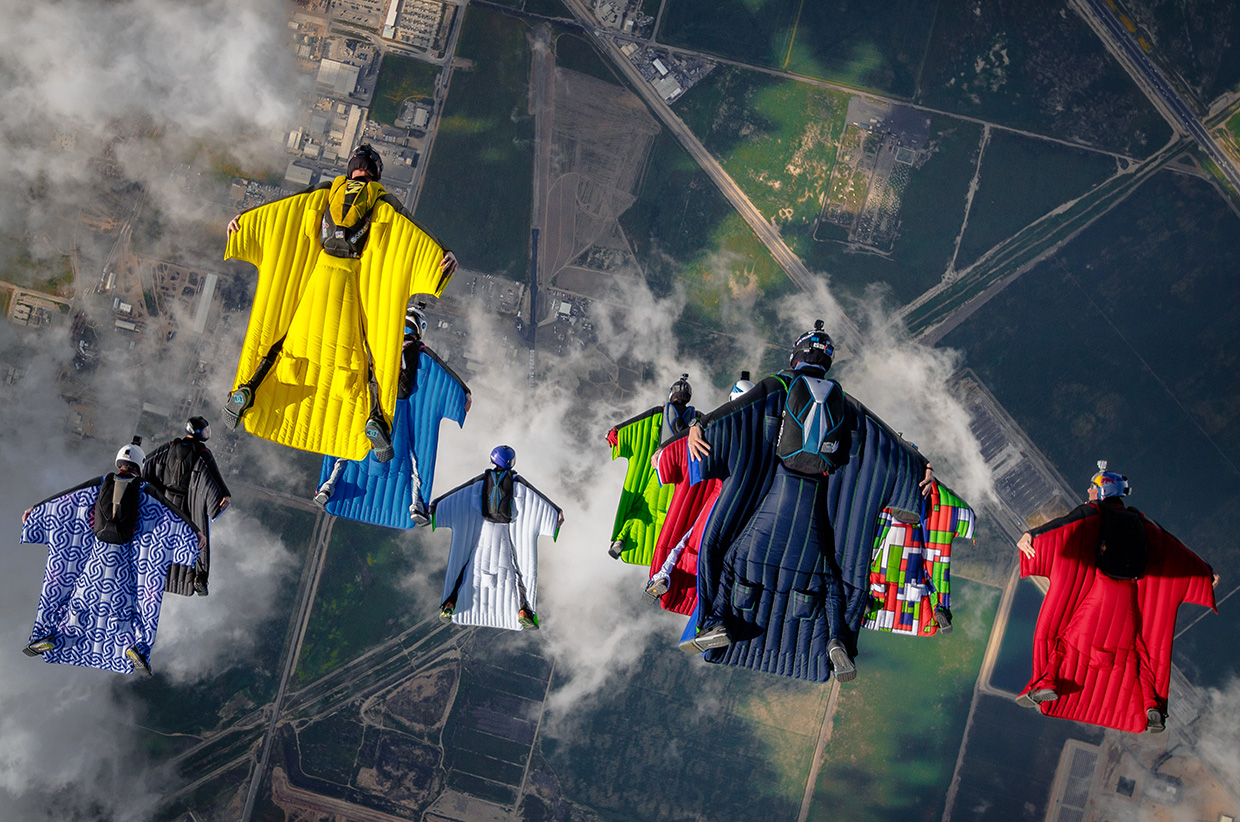
An interview with Chris Geiler
Words: Maxwell Roche
Photography: Dan Dupuis, Balazs Gardi, Camillo Lopez / Red Bull Content Pool
Maxwell Roche heads to Northern California to catch up with his old jump-buddy, recently crowned ‘FAI World Champion of Performance Wingsuit Flying’ Chris Geiler. They talk fear, finances, friendships, the forces of gravity and the future of human flight.
‘It’s an evolutionary sport, but it’s also primal,’ Chris explains. ‘Piloting a wingsuit demands pure, uninterrupted and all-consuming focus, completely free of modern-day distractions.’
Maxwell Roche: Massive congratulations on your recent achievements; I can’t wait to find out how you’ve accomplished so much in such a short time. Before we get into all that though, what’s the story behind the nickname ‘Star Cruza’?
Chris Geiler: [Laughs] I’ve actually had the nickname Star Cruza since I was 15. It was given to me by my friends – we raced mountain bikes growing up in Australia. Apparently I was always dreaming up weird and wonderful stuff. Initially they called me Star Gazer, which then just kind of morphed into Star Cruza.
When we jumped together back in 2013 we were both still relative beginners in skydiving terms. How, in just four years, have you become the best performance wingsuit pilot in the world?
I think it’s my whole life experience, and how I’ve always had to work hard to get where I wanted to be. I’ve been involved in competitive sport since way back, first as a short-track and middle-distance runner, then as a mountain and road cyclist. I really like winning, but my biggest adversary has always been myself. I don’t think there is any big secret to success; if you work hard and commit to your dreams, you’ll get there. As a quirky little green guy once said, ‘Do or do not, there is no try.’
How exactly do you win a wingsuit competition? How is it judged? What are your current records/winning scores?
You train, a lot. The performance competitions are judged with the use of a GPS receiving device called a Flysight, and competitors are scored on their performance in three different categories: time, distance and speed. It’s a concept that determines the best all-round wingsuit pilot, the one who’s capable of scoring well in all three disciplines – which is difficult. A heavy person has a speed advantage, and a light person has an advantage for duration of flight. I set two new time world records at the World Championships in Z-Hills, Florida last year. It’s not necessarily a good thing to get caught up in the records, though. Performance is directly governed by wind conditions. If you have a tailwind, for instance, then you are more likely to have a high score. The only results that matter are achieved when everyone is competing on the same racetrack, which can only really happen at the World Championships.
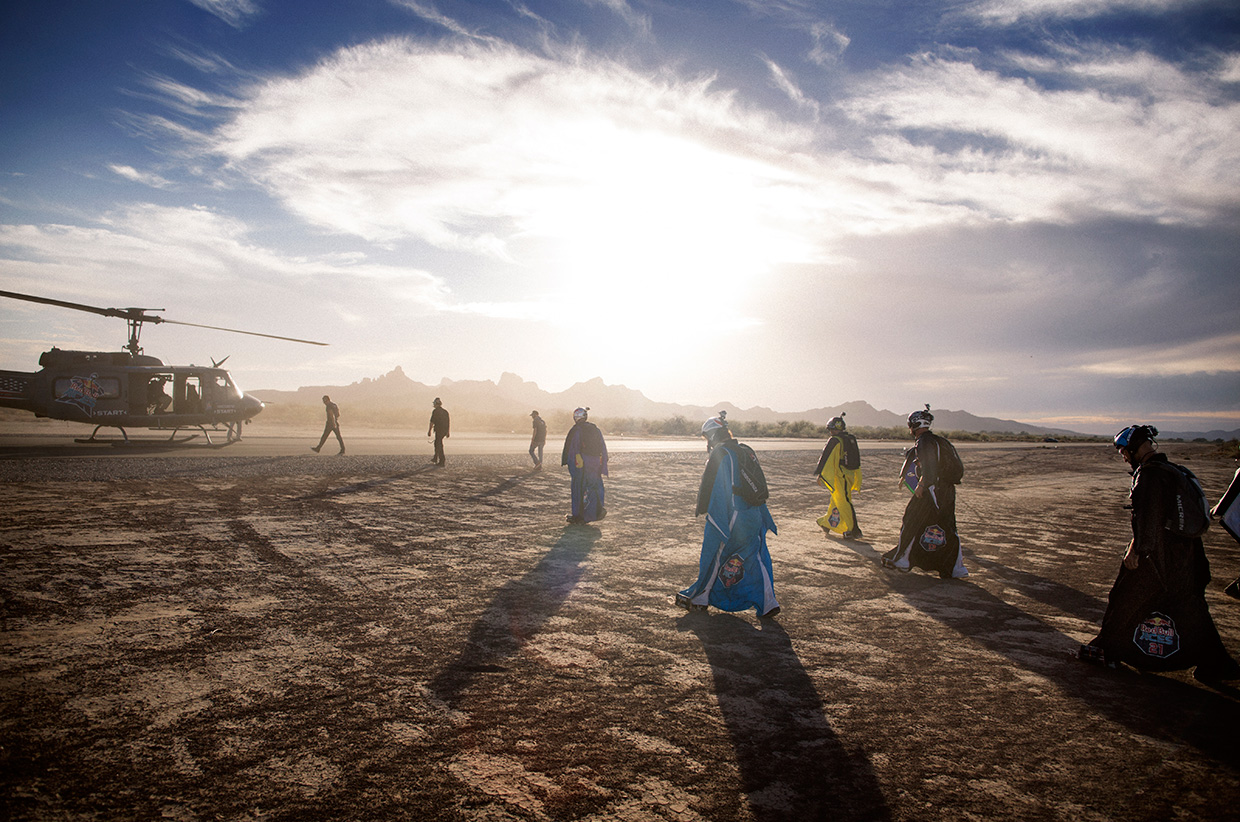
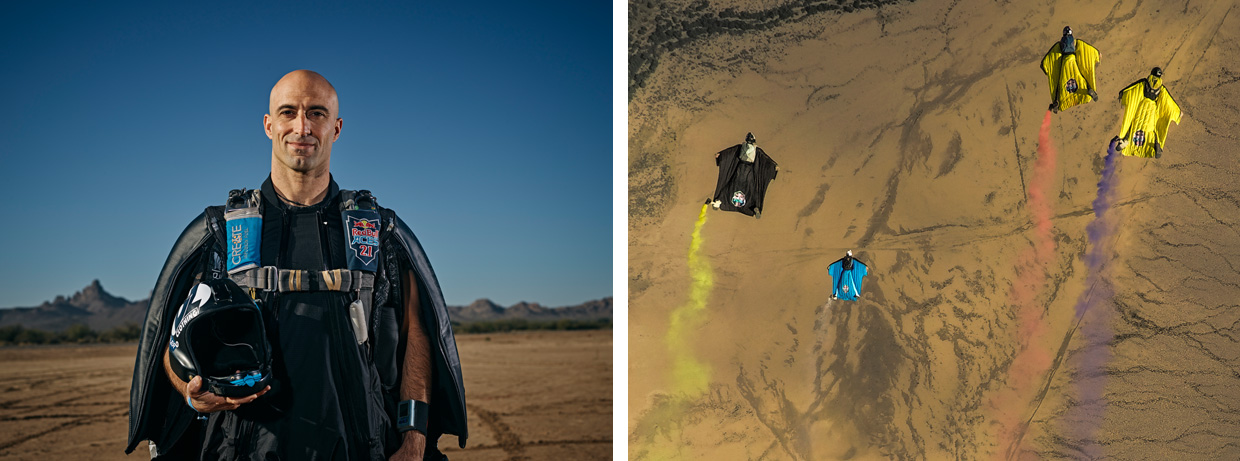
Why wingsuiting – what’s so great about it? It’s certainly an evolution in human possibility that has captured the imaginations of many, but what lies at the heart of your obsession?
I think it all it boils down to being totally immersed in the moment. There are so many distractions in life these days, but wingsuiting clears away those distractions and makes me focus on what’s at hand. It’s about enjoying pure, uninterrupted, all-consuming concentration and focus. Words could never do it justice, but try to imagine going on a hike through a spectacular mountain landscape with friends that share a unique bond, gaining the highest summit of the massif, jumping off, and then flying back down to where you parked your car… it’s incredible.
Do you do any specific physical or mental exercises in the months, weeks, and days leading up to a competition?
I train specifically for wingsuiting in the gym. As a former personal trainer I’ve been able to develop a very specific regime that works for me. Performance wingsuiting is a physically demanding activity; it might look like we’re just lying down inside a big air mattress, but it’s actually pretty strenuous to maintain the frame shape needed to keep the wingsuit in its ideal configuration, especially when you are creating g-force. Performance competitions aren’t so mentally demanding. Most of the hard work is over by that point, so it’s simply time to get out there and repeat what you’ve done in training.
How many skydives have you completed now? In my limited experience it’s not a cheap sport. Roughly how much do you think you’ve invested to get where you are today?
I’ve done 1,227 wingsuit jumps and 3,300 skydives in total, which equates to nearly a week spent in freefall. You’re right that it’s not a cheap sport. I estimate that, including the cost of 10 hours of coaching in an artificial wind tunnel, I’ve spent well over $50,000, and that’s not counting any equipment or travel.
Have you had any scary moments?
No close calls – knock on wood. I take pride in being a pretty level-headed person who plans things through. All the risks that I take are calculated, and if the reward doesn’t outweigh the risk I don’t do it. I’m often scared when I jump with people I don’t know, and sometimes because I do know them – you for example! Skydiving is a very safe sport; it’s generally only the human element that makes it dangerous. When I’m organising aggressive/dynamic wingsuit jumps I try to have an idea of how everyone flies beforehand. I also try to keep the groups small. With the power that we can generate it’s possible to have a closing speed to impact of over 300 mph.
Wingsuiting has been getting plenty of bad press recently, mainly due to an increasing number of fatalities. Do they deter you at all?
Not at all. I always try to find the cause of the incident and 99% of the time it’s human error. This sport can be undertaken safely, and there are many veterans out there standing testament to that. Education has been the biggest missing piece of the puzzle up until recently. The sport is still so young, and can be compared to the early days of aviation. Hopefully we’re turning the corner now and heading towards a brighter and safer future.
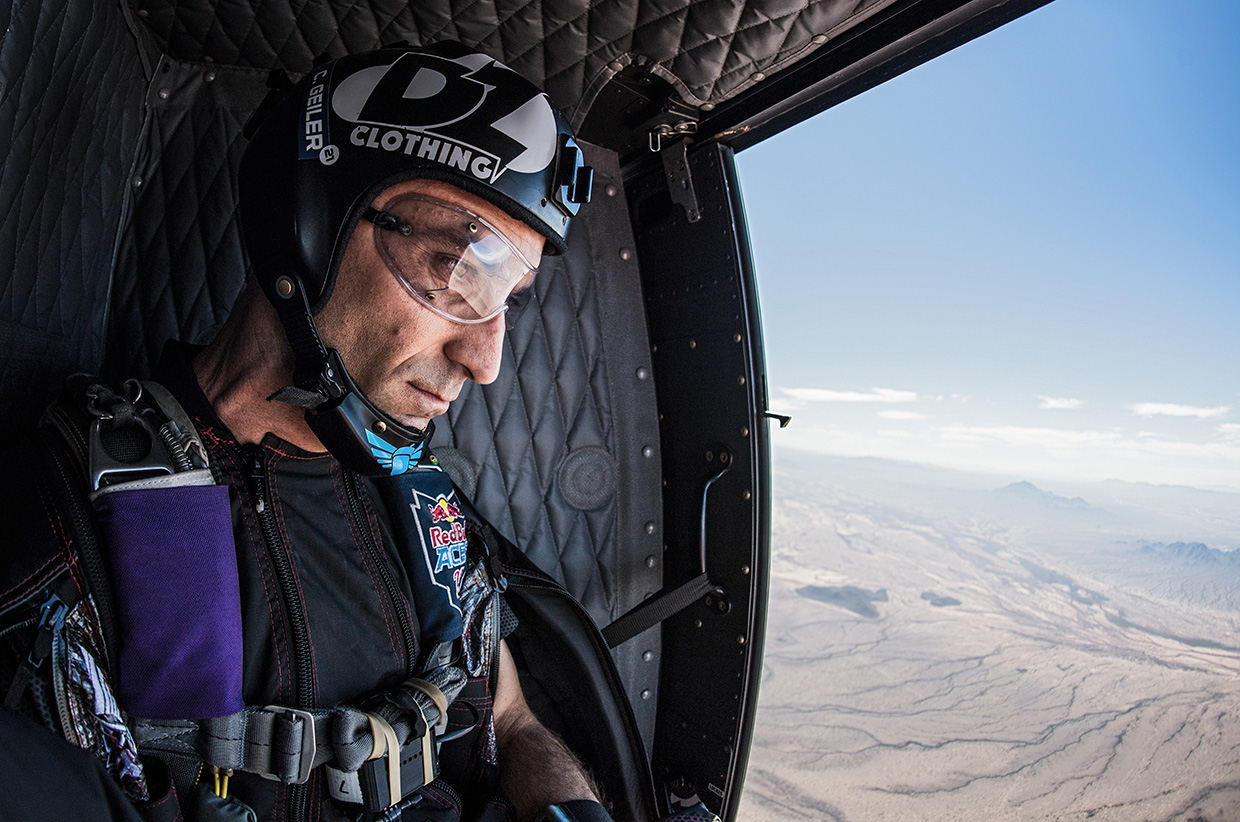
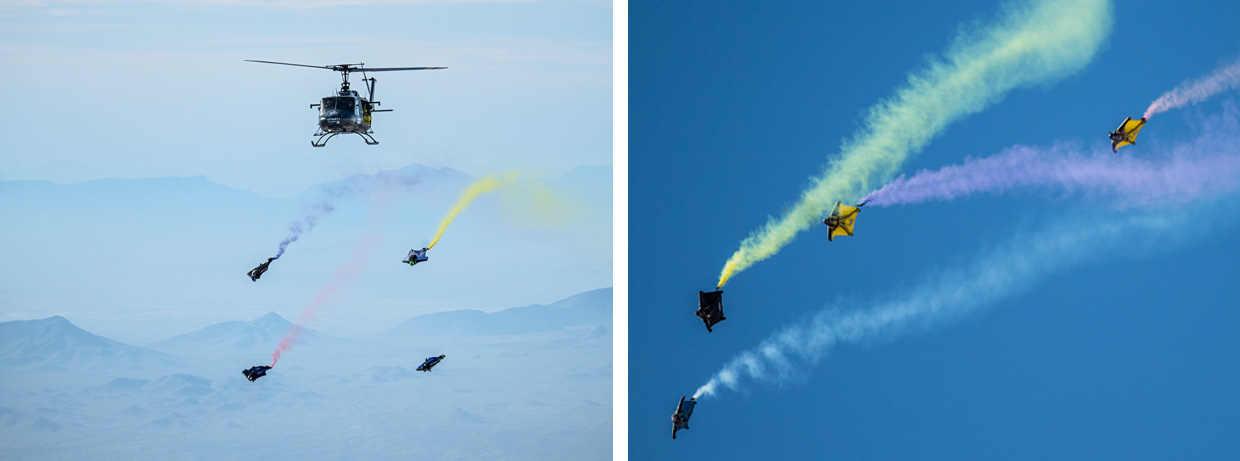
I understand you’ve been influential in the founding of a company called Next Level, which is all about making wingsuit flying safer and creating a more structured progression into the sport for pilots. What do you hope to achieve? Can anybody get in touch with you and book on a course?
Next Level is a collaboration of some of the most experienced people in skydiving, wingsuiting, canopy piloting and B.A.S.E jumping. We have come together and pooled our expertise to create a clear and realistic progression of education that is standardised and ultimately safer. We cater for everyone from beginners right through to people that have been in the game for a long time and are now wondering why everyone is flying faster than they are. Find out more at www.nextlevel.ws.
What was your most memorable jump? Where is the best/most beautiful place you’ve jumped?
My first wingsuit jump is something I’ll always remember – such a nervous feeling, being terrified of losing control and being caught in a flat spin. It was something I’d been looking forward to for so long, and the fear of the unknown was incredible… even better than my very first ever skydive, I think. I’ve been lucky enough to jump at quite a few locations around the world. Swooping in between palm trees to land on the beach in Fiji was definitely a highlight, along with B.A.S.E jumps that I’ve done in the mountains of Europe. This sport gives you such a unique perspective of the world. We don’t have to just believe that the world is round; we get to see that it is on a regular basis.
What would be your advice to anyone trying to get into the sport?
Do it! You will meet some of the most amazing people, from all different backgrounds, who share a common passion, and you will have a new international family for life. It’s not cheap though, and don’t think you can take shortcuts. I’m so grateful that I had a well-paid job when I was first getting started. That allowed me to get a lot of coaching at an early stage, which in turn prevented me from getting into bad habits. Knowledge is power.
What does the future hold for wingsuiting? Landing without a parachute? Greater distances covered? Higher speeds? Going up as well as down?
The future is whatever we make it. If we can nurture a new generation of pilots, and teach them what not to do, then they can spend more time exploring what’s possible… the Next Level. The sport has already come so far and we’re proving that impossible is possible all the time. Wingsuiters are regularly going up now. We’ve learned how to convert energy into temporary gains in altitude –something that was unimaginable a few years ago. As for landing without a parachute, I’m sure it will happen, just like everything else.
What’s next for you? Does the novelty/thrill ever wear off? Have you considered other career paths or is this you forever?
Forever is a big word. The only person I’ve said that to is my wife. One of the things I love about wingsuiting is that age is not a large factor. I know quite a few pilots in their 60s, still living large and flying hard. I’m looking forward to being one of them, and I honestly can’t imagine doing anything else at the moment; it really is that good.
Written by Maxwell Roche. www.maxwellroche.com // @maxwell_roche
Photography: Dan Dupuis, Balazs Gardi, Camillo Lopez, Joerg Mitter / Red Bull Content Pool



